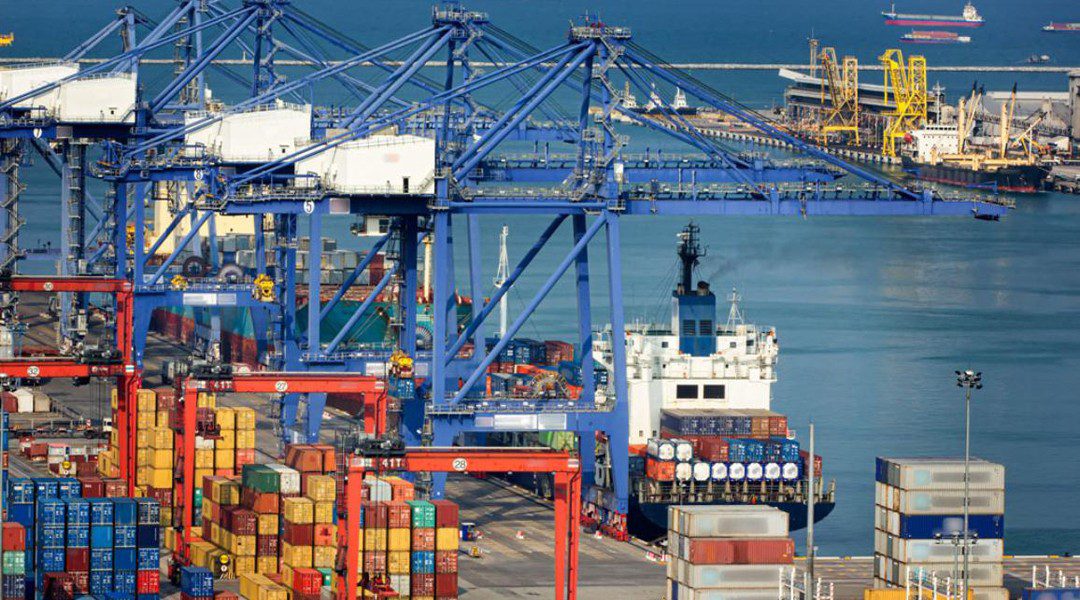Asian market participants had a tepid reaction to the issuance of the third batch of oil product export quotas from China in the week started July 3, with the low volumes largely within expectations, and rising domestic demand for distillates within China further fueling projections of export volumes remaining slim in the months ahead.
China issued 5 million mt (39.75 million barrels) of quotas in its third batch for exporting gasoline, gasoil and jet fuel in 2022, S&P Global Commodity Insights reported July 6.
The new allocation takes the total quota volume to 22.5 million mt so far for 2022, 40.2% lower than the 37.61 million mt awarded in the three batches of 2021, data from S&P Global showed. The government issued only three batches of quotas in 2021.
“Not much impact as this lower [total] volume was already expected, so should be kind of priced in,” said a Singapore-based trader.
Higher gasoline outflows
China is expected to increase gasoline exports in July, with increasing supply possibly exerting downward pressure on gasoline prices in the short-run, market sources said.
However, some traders said growing domestic demand, amid loosening COVID-19 restrictions, could limit outflows, with one trader suggesting that exports could potentially fall in July.
“The increasing domestic demand for gasoline in China may encourage exporters to utilize their quota to export other oil products as opposed to gasoline,” a trader said.
Moving forward, the Asian gasoline supply is also expected to tighten on the back of India’s newly announced tax on gasoline exports, market sources said.
“In the long run, the impact of the new Chinese export quota is expected to be dampened by the reduced number of gasoline barrels coming out of India following the new export tax,” the trader said.
Gasoil export outlook mixed
Market sources remained cautious in gauging the impact of the freshly issued oil product export quotas on the Asian gasoil complex, as uncertainty remains surrounding the proportion of the quotas that will be used for gasoil exports.
Industry sources have noted that despite gasoil margins remaining consistently the most lucrative amongst the three oil products, China has been skewing export volumes away from the distillate to ensure sufficient inventories domestically.
The Platts FOB Singapore 10 ppm sulfur gasoil cargo crack against cash Dubai was last assessed at $/b on June 8 at Asian close, up almost threefolds from the beginning of the year, S&P Global data showed.
“Hard to call, depends on how much of the quota is being used for diesel … diesel export margin has been consistently higher than that of mogas,” said a Singapore-based gasoil trader, noting that gasoil outflow volumes have still been low despite a relatively higher economic incentive to export in the past few months.
China’s manufacturing sector growth could lead to domestic gasoil demand increasing, encouraging storage of excess barrels over exports.
Still, some market participants expect that gasoil outflows may rise in the months ahead.
“After June’s massive destocking [of] gasoline, I expect refineries may consider exporting [more] gasoil, and export gasoil margin is better than gasoline,” said a source with a European trading house.
Uneven recovery for jet fuel
Like co-distillate gasoil, traders had similar mixed views on the potential impact that the export quotas would have on the Asian jet fuel market.
The sentiment was divided between sources who said that they did not expect much immediate impact pending more clarity on export volumes, while others said any incremental volumes from China may weigh on a market that has come under increasing pressure.
“It’s hard to anticipate the potential impact as there’s still uncertainty over how much [of each product] China might export,” a regional trader said.
Still, other market participants said that with an uneven recovery outlook for jet fuel, especially in the second half of 2022, the fuel might experience some downward momentum should exports boost supplies in the East.
“Jet [fuel] demand has not recovered yet, and recovery is not uniform among countries as it is mostly supported by domestic demand,” a Singapore-based source said.
Over the past week, the Asian jet fuel market has been on a downtrend amid high freight rates which have closed arbitrage lanes to send Asian gasoil barrels to the West, even as demand remains stagnant.
“There’s not much change in demand and more supply is expected from maximum gasoil production, so there may be a bit more downward pressure on jet [fuel],” a Singapore-based trader said, adding that “jet [fuel] values are slipping down daily.”






